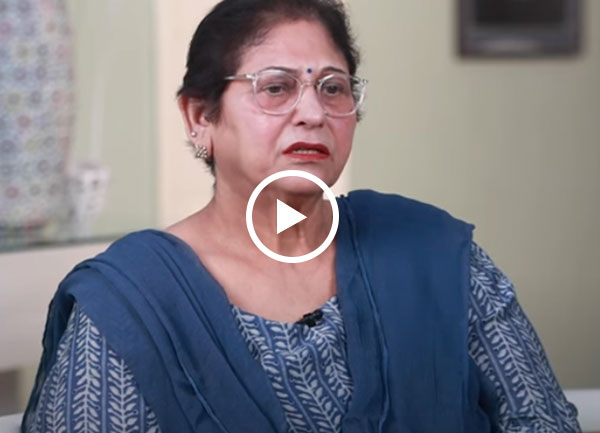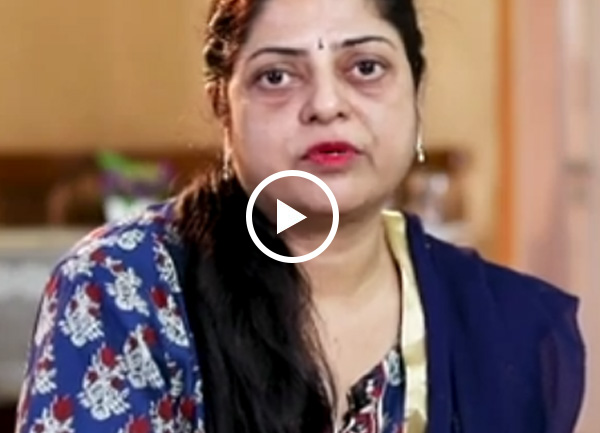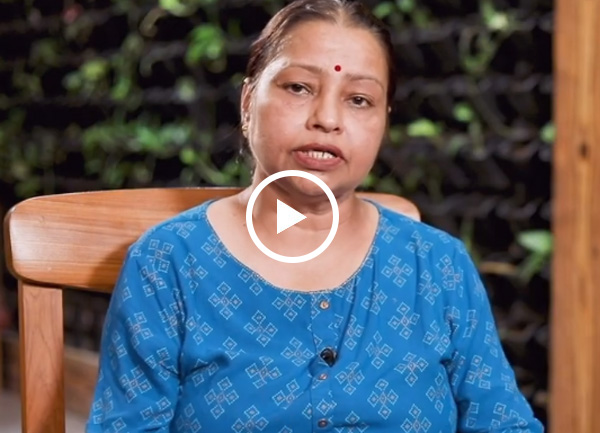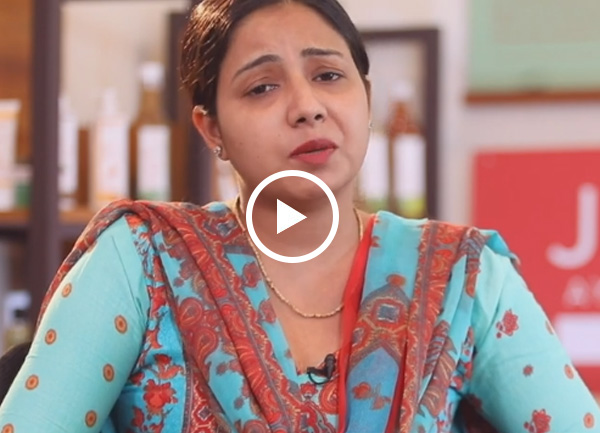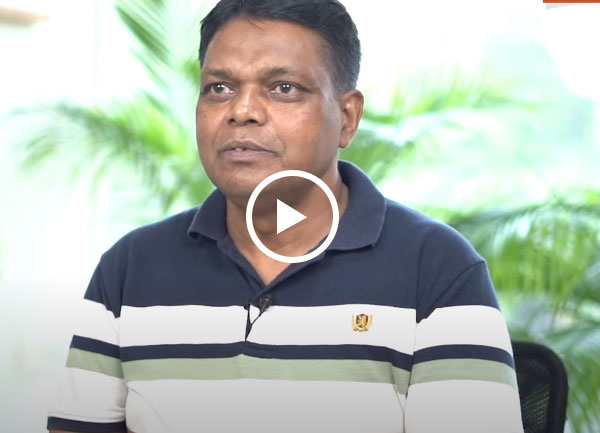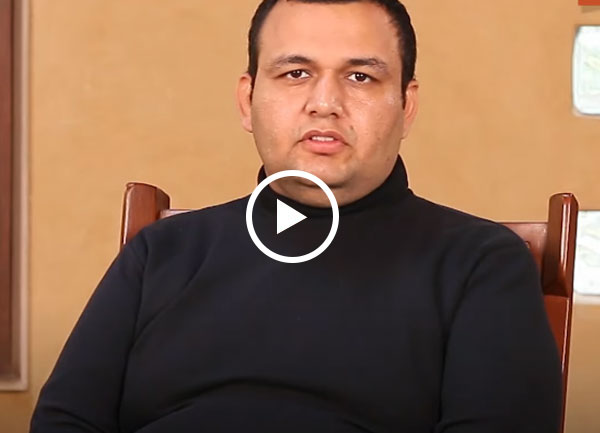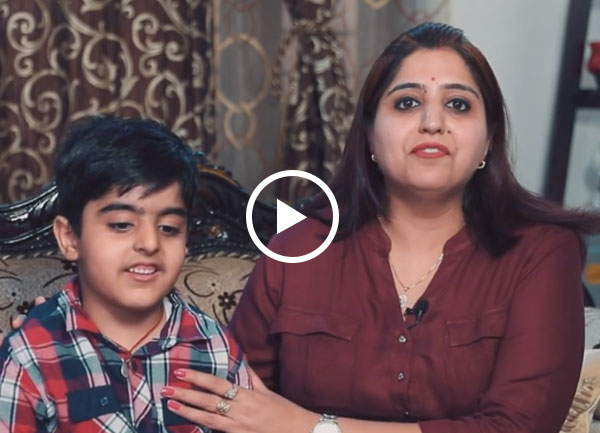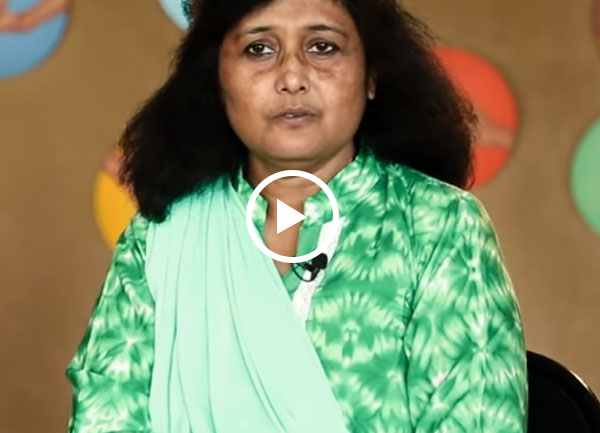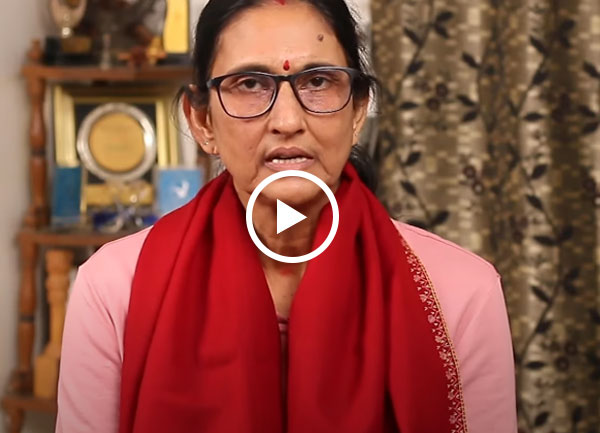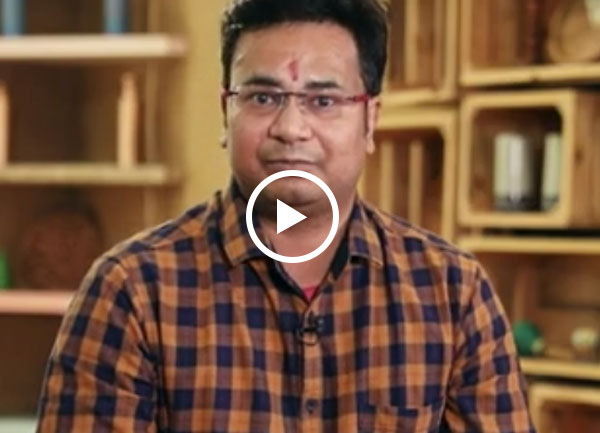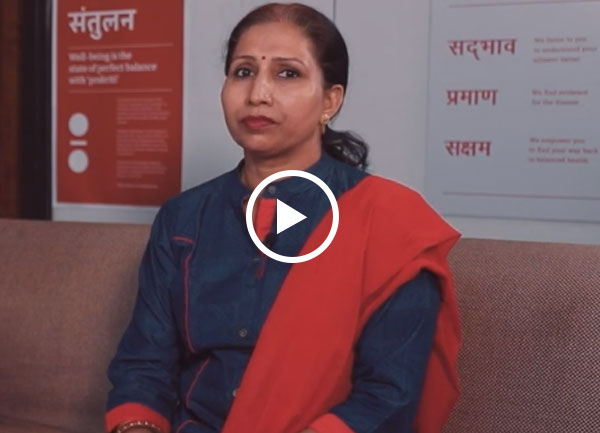

Successful Treatments
Clinics
Doctors
Ayurvedic Medicine For Hydrocele
If you’ve ever experienced a hydrocele — or watched someone you love quietly struggle with one — you know it’s not just “a swelling issue.” It’s a strange mix of discomfort, heaviness, embarrassment, and that constant awareness that something isn’t quite right down there. Doctors often jump straight to, “Let’s plan surgery,” and for some people, that becomes the only option they’re told about. But there’s a question many silently carry:
“Is a hydrocele treatable without surgery? Is there a softer, more natural way to get this swelling down — something that doesn’t send me straight to an operating table?”
That question is what often leads them toward Ayurveda. Not because it promises magic, but because it carries a kind of steady, grounded wisdom. Ayurveda doesn’t rush to treat the bulge you see from the outside; it steps back and asks what’s happening inside — in the channels, the tissues, the warmth of the body, and the balance of fluid movement. It’s a gentler approach, one that tries to calm the inflammation, restore proper flow, and address the deeper imbalance instead of just chasing the symptom.
Ayurveda doesn’t see a hydrocele as “just a sack of fluid.”
It sees the imbalance behind it.
The doshas involved.
The stagnation is happening in the lymphatic channels.
The weak digestive fire allows fluid to accumulate.
The lifestyle patterns that worsen the swelling.
And that’s exactly why treatments from places like Jiva Ayurveda focus on more than just medicines. They work to restore balance, improve absorption, reduce inflammation, clear trapped fluids, and strengthen tissues so they don't refill.
Not suppressing — balancing. That’s where Ayurveda shines.
Let’s explore this in a way that feels genuinely human and relatable — not like a medical textbook, but like a conversation that makes sense of what’s happening inside your body.
What Is A Hydrocele? A Simple Explanation For Real People
A hydrocele is basically a collection of fluid around the testicle, usually inside the scrotal sac. It can happen at any age — infants, adults, elderly men — but adult hydrocele is often linked to:
- Weak lymphatic drainage
- Chronic strain
- Injury
- Infection
- Varicocele history
- Digestive imbalances
- Long-term sitting or riding
- Poor circulation
- Post-surgical complications
To put it simply, fluid should flow, but in a hydrocele, fluid gets stuck. That stuck fluid starts collecting around the testicle, creating:
- Swelling
- Heaviness
- discomfort when walking
- occasional pain
- Embarrassment
- difficulty sitting for long in some cases
And while allopathy often says, “It won’t go without surgery,” Ayurveda has a different, more encouraging take.
How Ayurveda Understands Hydrocele (Jal-Kosha / Mutrakrichra Context)
Ayurveda describes a hydrocele under terms like Jal-Kosha, which literally translates to “water swelling around the organ.” The root causes often involve:
- Agni (Digestive fire) weakness: When digestion is weak, fluid metabolism slows down. Undigested substances (Ama) start clogging the channels.
- Kapha accumulation: Kapha causes heaviness, fluid retention, and swelling. This is the dosha most strongly involved in hydrocele.
- Vata imbalance: Vata controls the movement of fluids. When disturbed, it misdirects fluids and pushes them into spaces where they shouldn’t collect.
- Blocked lymphatic channels (Srotas): If the pathways for fluid drainage are constricted or clogged, swelling starts slowly and gradually becomes persistent.
- Trauma or strain: Even mild injury can create stagnation. Ayurveda doesn’t just say what is happening — it explains why it keeps returning even after surgery in many people: because the internal imbalance was never corrected.
This is why Jiva Ayurveda’s approach focuses on correcting internal root causes while reducing external swelling.
Why Many Men Look For Non-Surgical Solutions
A lot of men end up opting for surgery because it’s presented as the quickest fix, the clean-cut solution that will “take care of it.” But once you look a little closer, the reality feels different. The swelling may go down, yes, but there’s always that uneasy thought in the back of the mind—what if it comes back? And honestly, that happens more often than people are told. Then there’s the aftermath no one prepares you for: the soreness that makes even basic movement uncomfortable, the forced break from work or daily routines, the hospital bills quietly stacking up, and the anxiety of having a procedure done in such a sensitive area. What makes it more frustrating is that even after going through all of this, the real reason the hydrocele developed often remains untouched. The imbalance inside—the thing that actually needs healing—still sits there, waiting for attention. So it's natural to ask:
“Is there a safer, long-term, natural way to manage hydrocele?” And for mild to moderate hydrocele, Ayurveda actually offers promising, structured, non-invasive options.
Ayurvedic Treatment For Hydrocele: Healing From The Inside Out
This is where Ayurvedic wisdom really feels like someone finally “gets” your body. Here’s how Ayurveda usually treats hydrocele in a holistic, systematic way:
1. Herbal Medicines That Reduce Swelling & Fluid Retention
Ayurvedic herbs don’t just shrink the swelling — they improve fluid metabolism, reduce inflammation, and strengthen tissues. Some widely used ones include:
- Punarnava (Boerhavia diffusa)- A powerful diuretic and anti-swelling herb.
It reduces fluid retention and cleans lymphatic channels. - Gokshura (Tribulus terrestris)- Supports the urinary system, reduces inflammation, and helps drain excess fluid.
- Varunadi Kwath- Very effective for Kapha-type swellings and hydrocele caused by sluggish fluid movement.
- Kanchanar Guggulu- Great for tissue growths, swelling, and lymphatic blockages.
- Punarnava Mandur- Helps in anemia, swelling, fluid accumulation, and sluggish metabolism.
- Dashmoola- Reduces inflammation and Vata aggravation.
Jiva Ayurveda’s customized medicines: Jiva doctors often prescribe personalized formulations depending on:
- whether swelling is soft or firm,
- whether it's increasing,
- digestive strength
- patient’s age
- cause (injury, infection, imbalance)
This personalization is a big reason Ayurvedic treatment works better than one-size-fits-all medicines.
2. External Applications (Taila & Lepas)
What you apply externally matters a lot in a hydrocele. Common Ayurvedic external therapies:
- Sahacharadi Taila: Strengthens pelvic muscles and improves circulation.
- Nirgundi Oil: reduces inflammation and swelling.
- Castor Oil Warm Application: helps in lymphatic drainage and fluid clearance.
- Jiva Ayurveda herbal pastes: Custom lepas help shrink the swelling gradually when used regularly.
3. Panchakarma Therapies for Long-Standing Hydrocele
These are done only after the doctor's evaluation.
- Abhyanga + Swedana: Improves circulation to the scrotal area.
- Virechana: Cleanses Pitta and clears fluid retention tendencies.
- Basti (Medicated enema): One of the best long-term stabilizing therapies for Vata-related hydrocele.
- Udvartana: Reduces excess Kapha, aids lymphatic clearing.
4. Diet & Lifestyle Adjustments That Matter More Than You Think
Ayurveda always reminds us that medicines can’t help if food keeps aggravating the doshas.
Foods to avoid
- Too much salt
- Curd at night
- Cold water
- Alcohol
- Deep-fried food
- Oily food
- Excessive rice
- Red meat
- Heavy dinners
- Spicy junk
All of these trigger swelling.
Foods to include
- Warm soups
- Moong dal
- Steamed vegetables
- Coconut water
- Fresh turmeric
- Barley water
- Ash gourd juice
- Ghee (small amount)
- Light meals
These reduce inflammation and improve drainage.
Lifestyle dos & don’ts
- Walk daily
- Avoid pressure on the groin
- Keep the area dry & clean
- Avoid long hours of riding (bike)
- Don’t lift very heavy weights
- Don’t sit for very long without breaks
These small changes help more than most people expect.
Does Ayurveda Really Reduce Hydrocele Without Surgery?
The honest answer? Yes, if the hydrocele is mild to moderate and depending on the root cause. Ayurveda cannot magically reverse every case — especially very old, chronic, or very large hydroceles — but it can:
- reduce fluid accumulation
- shrink swelling
- improve lymphatic drainage
- prevent recurrence
- correct root cause
- avoid surgery in many cases
- make post-surgery recurrence less likely
Many men treated at Jiva Ayurveda report relief because the treatment is not just external — it’s an internal correction of the problem.
A Small Story Most Men Relate To
A 35-year-old software engineer came to Ayurveda because his hydrocele kept bothering him during long hours of sitting. Every surgeon he consulted recommended surgery.
But he wanted a gentler solution. After Panchakarma, herbal medicines, and dietary corrections over three months, his swelling reduced significantly — and most importantly, the discomfort vanished. He said something many patients say: “I finally felt like my body started cooperating again.” That’s the beauty of healing that comes from balance, not force.
When To Seek Urgent Medical Attention
Ayurveda is powerful, but there are times when immediate allopathic care is necessary:
- sudden severe pain
- intense redness
- Fever
- rapidly growing swelling
- suspected hernia
- post-injury swelling
These signs must not be ignored.
Final Thoughts: Healing A Hydrocele The Way Nature Intended
A hydrocele doesn’t have to feel like a lifelong burden or a guaranteed surgery.
Ayurveda offers a different doorway — a slower, gentler, deeply personalized path that respects the body instead of forcing it. With the right Ayurvedic medicines, lifestyle corrections, and expert guidance (like doctors at Jiva Ayurveda who treat thousands of hydrocele cases), many men can see:
- reduced swelling
- better comfort
- improved circulation
- stronger digestive fire
- lesser fluid retention
- long-term stability
Ayurveda doesn’t just fix the swelling. It fixes the system that allowed it to happen. And that’s why its results last.
FAQs
- Can Ayurveda cure a hydrocele completely? In many mild to moderate cases, Ayurveda can significantly reduce swelling and prevent recurrence by correcting the root imbalance. Very large or chronic hydroceles may still require surgery, but Ayurveda improves comfort and slows progression.
- How long does the treatment take? Most people notice improvement within a few weeks, but complete healing usually takes two to three months, depending on the size of the hydrocele and overall health.
- Are Ayurvedic medicines safe? Yes. Ayurvedic herbs are natural and safe when taken under professional guidance. They work gradually without straining the system.
- Can lifestyle changes alone help? Lifestyle plays a big role, but herbs and medical guidance accelerate healing. The best results come from a combination of both.
- Will the hydrocele return after Ayurvedic treatment? Ayurveda’s focus on digestion, lymphatic flow, and tissue strength reduces the chance of recurrence significantly compared to quick-fix approaches.
Our Happy Patients
Disease
- Ayurvedic Treatment for Obesity
- Ayurvedic Treatment for Migraine
- Ayurvedic Treatment for Heat Stroke
- Get Ayurvedic Treatment for Paralysis
- Ayurvedic Treatment for Mastitis
- Ayurvedic Treatment for Gangrene Foot
- Ayurvedic Treatment for Granuloma
- Ayurvedic Treatment for Amyloidosis
- Ayurvedic Treatment for Thrombocytopenia
- Ayurvedic Treatment for Dengue
- Ayurvedic Treatment for Measles
- Ayurvedic Treatment for Fistula in Ano
- Ayurvedic Treatment for Malaria
- Ayurvedic Treatment for Plantar Fasciitis
- Ayurvedic Treatment for Chikungunya
- Ayurvedic Treatment for Sepsis
- Ayurvedic Treatment for Addison's Disease
- Get Ayurvedic Treatment for Eye Floaters
- Ayurvedic Treatment for Eye Flu
- Ayurvedic Treatment for Herpes
- Get Ayurvedic Treatment For Teeth Cavities
- Get Ayurvedic Treatment for Tooth Pain
Latest Blogs
- Get An Effective Ayurvedic Treatment For Gastritis
- The Complete Guide to Ayurvedic Detox: Tips, Techniques, and Benefits
- Ayurvedic Hair Growth Secrets Revealed
- Tired of Dull Skin? Try These 5 Ayurvedic Hacks
- Can Ayurveda Reverse Your Diabetes?
- Accelerate Your Dengue Recovery with Ayurveda
- 5 Little Known Facts About Ayurvedic Therapies
- 5 Ayurvedic Secrets for Healthy & Shiny Hair
- Get Ayurvedic Treatment for Fatty Liver
- Get Ayurvedic Treatment for Eyes
- Get Ayurvedic Treatment for Kidney Stones
- How to get rid of a sinus headache with Ayurveda?
- How To Cure Scalp Psoriasis With Ayurveda?
- Migraine Treatment In Ayurveda
- Get Ayurvedic Treatment for Obesity
- When To Worry About Varicose Veins?
- 10 Effective Ways To Get Rid of Piles
- How To Cure PCOS and PCOD Naturally?
- Get Ayurvedic Treatment For PCOS
- Get Relief From Back Pain With Ayurvedic Treatment
Ayurvedic Doctor In Top Cities
- Ayurvedic Doctors in Bangalore
- Ayurvedic Doctors in Pune
- Ayurvedic Doctors in Delhi
- Ayurvedic Doctors in Hyderabad
- Ayurvedic Doctors in Indore
- Ayurvedic Doctors in Mumbai
- Ayurvedic Doctors in Lucknow
- Ayurvedic Doctors in Kolkata
- Ayurvedic Doctors in Patna
- Ayurvedic Doctors in Vadodara
- Ayurvedic Doctors in Ahmedabad
- Ayurvedic Doctors in Chandigarh
- Ayurvedic Doctors in Gurugaon
- Ayurvedic Doctors in Jaipur
- Ayurvedic Doctors in Kanpur
- Ayurvedic Doctors in Noida
- Ayurvedic Doctors in Ranchi
- Ayurvedic Doctors in Bhopal
- Ayurvedic Doctors in Ludhiana
- Ayurvedic Doctors in Dehradun

